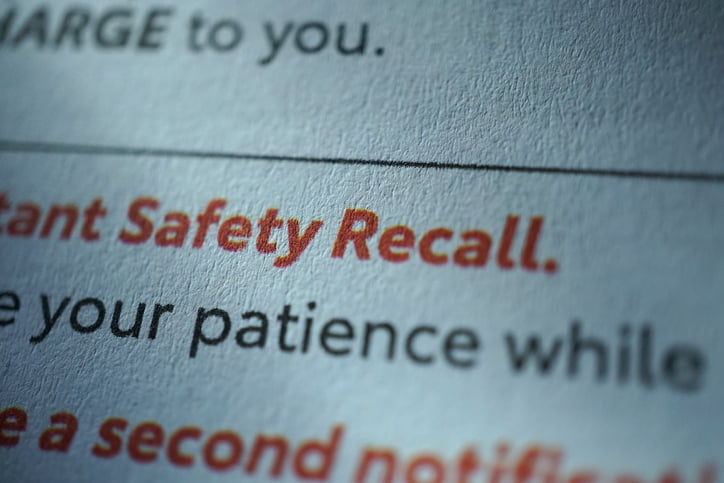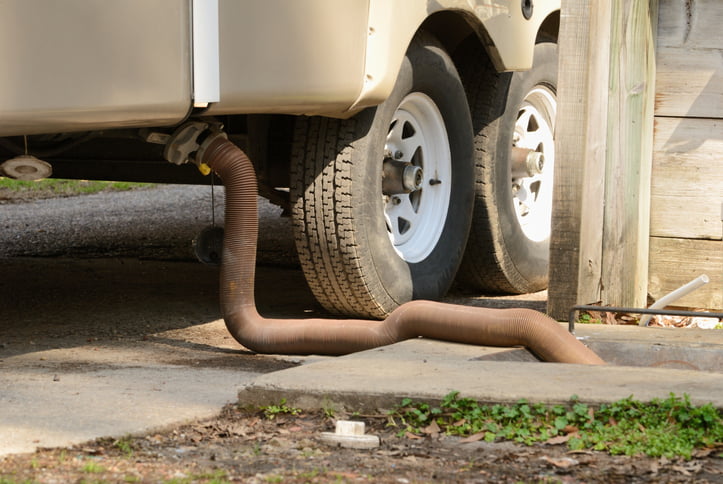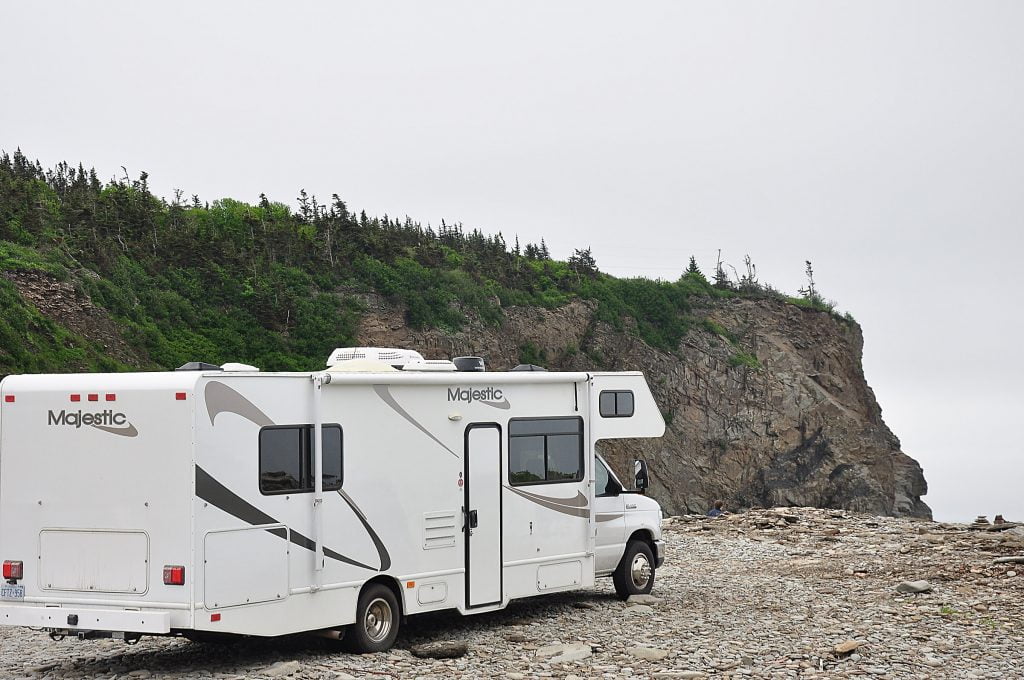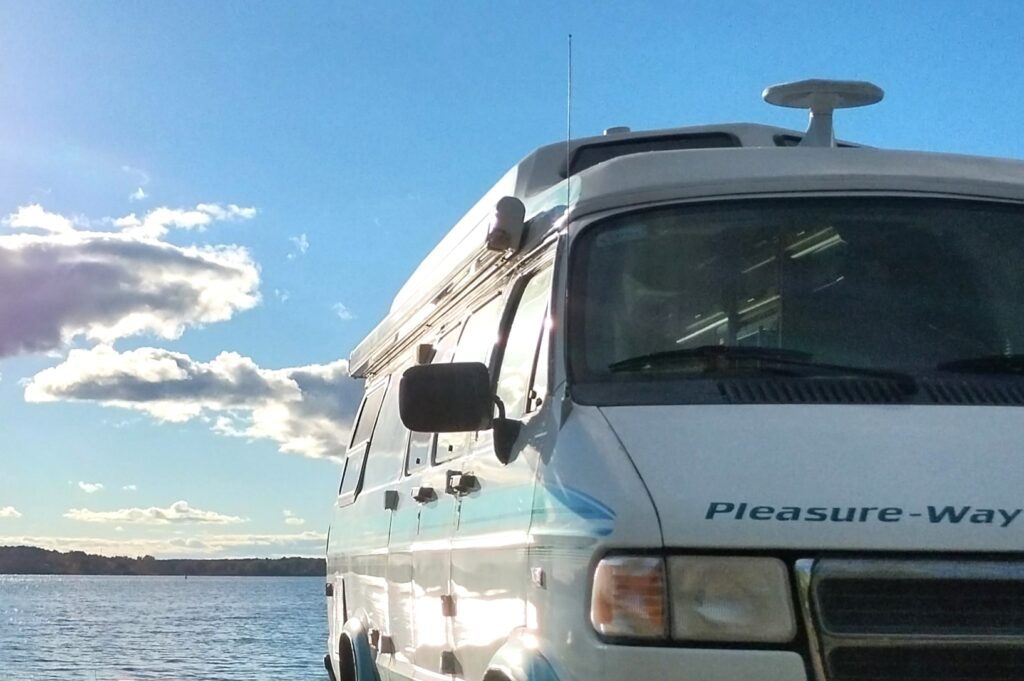You do everything you can to keep your RV safe and properly maintained. Unfortunately, mistakes in manufacturing and defective parts can put you and your loved ones at-risk. When a safety defect is found on an RV, an official recall is issued and formal notices are sent out to affected owners. Unfortunately, contact information on an RV’s owner isn’t always up-to-date—which could leave you in the dark about serious safety issues on your RV.
By having a better understanding of how RV recalls are handled in Canada, as well as how to check for recalls and handle an open recall on your vehicle, you can enjoy some added peace of mind and protection each time you head out on a road trip.
How to Find Out About an RV Recall
If you’re the original owner of your RV and have kept your contact information up-to-date on your RV’s registration, then you should be formally notified by-mail in the event of a recall on your RV. However, if your contact information has changed and not been updated since you purchased your RV—or if you’re not the original owner of your RV, there’s a good chance that the manufacturer has no want to notify you of open recalls on your vehicle.
The good news is that there are many ways to manually check for open recall notices on your RV. We recommend starting directly with the official Transport Canada website’s database of Motor Vehicle Safety Recalls. Here, you can enter your RV’s make, model, and year and instantly search for open recalls that may affect your vehicle. The Canadian Recreational Vehicle Association also keeps a compiled and updated list of recalls specific to RV models for your reference.
At Explorer RV Club, we also do our best to keep an updated list of current RV recalls affecting Canadian RV owners. On our recall page, you’ll find a list of recent RV recalls sorted by date, as well as other information pertaining to the recall, like:
- recall numbers and manufacturing numbers
- descriptions of the safety issue
- proposed corrections/remedies from the manufacturer
- affected models
What to Do if Your RV Has Been Recalled
If you find that there is an open recall on your RV, it’s important to act quickly. Whenever possible, you should avoid driving your RV until the safety issue is addressed by a licensed mechanic or repair technician.
From there, you’ll typically need to contact the dealership at which you purchased your RV for further guidance. In most cases, you should be able to schedule a service appointment to have the necessary repairs done at no charge to you as soon as possible. In some instances, however, there may be a bit of a delay as dealerships wait on replacement parts or other parts to complete recall repairs.
If your RV has a safety recall, you generally have 10 years from the date of the recall to have the necessary repairs done at no charge to you. If you wait (or don’t know about the recall) until after 10 years have passed, then you may be on-the-hook for the repair costs yourself. This is just one of many reasons that it’s so important to check for open recalls on your RV regularly.
What if You Think Your RV Should Be Recalled?
If your RV doesn’t have any open safety recalls but you’ve noticed a potential safety issue, you should bring this to the attention of the National Highway Transportation Safety Administration (NHTSA) and the Canadian Recreational Vehicle Association. After all, every recall has to start somewhere. By filing a formal complaint, you may be able to have the issue formally investigated. From there, you’ll be doing your part to help keep other RV owners and motorists safe.
The Bottom Line on RV Safety Recalls
Unfortunately, you can’t always rely on an RV manufacturer notifying you in the event of a safety recall. By knowing how to check for recalls on your RV manually (and scheduling a reminder to do so at least once every few months), you can enjoy some added peace of mind behind the wheel.




